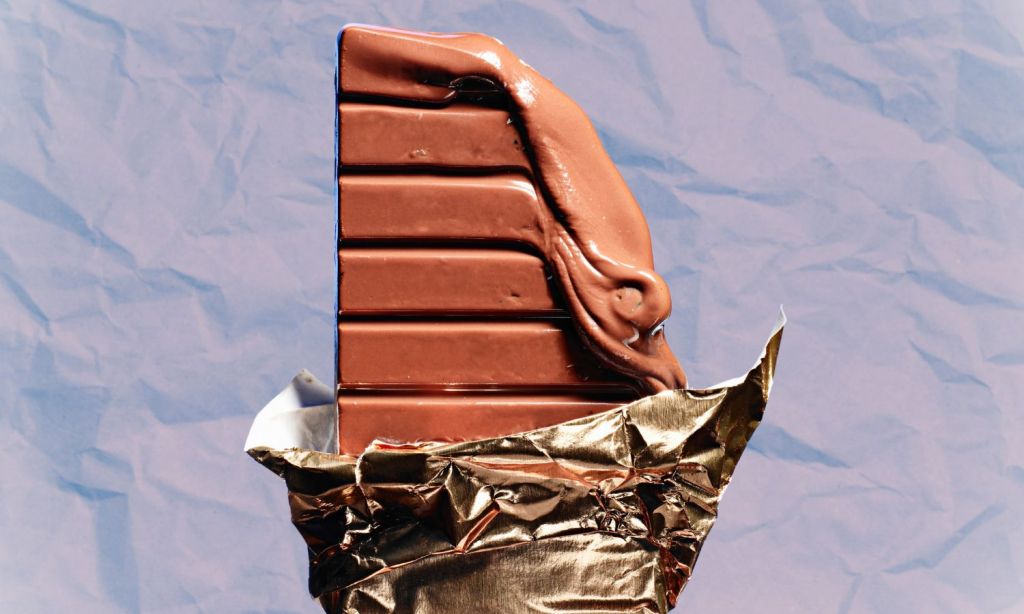We knew climate change would be bad, but we weren’t expecting it to be this bad. Devastating floods in the world’s cocoa and sugar-producing regions are set to send the price of chocolate soaring.
Cocoa, the main ingredient in chocolate, is up in price by 25% compared to last year while sugar is up 20%. Currently, there is more trading of cocoa going on in the world than there has been over the past four decades as producers scramble to secure supplies.
The world is now entering its third year of cocoa supply deficit, meaning that there is less cocoa available than can meet the demand. Pia Piggott, an analyst at Rabobank, spoke on a recent RaboResearch podcast explaining that agriculture and weather issues are to blame.
“Cocoa futures have actually been on an upward trajectory since last September,” she said on the podcast. We’ve seen the price of cocoa on the ICE [Intercontinental Exchange] spot market has gone up 27% [in the] year to date, and there is potential for that to rise.”
That has so far translated to a 10 to 20% shelf-price increase in Australian supermarkets, Piggott said. Those prices aren’t expected to come down any time soon.
The plant originates in South America but now much of the world’s production of cocoa comes from places in West Africa like Ghana and the Ivory Coast. Crop failures in those countries can have global knock-on effects.
“There’s a lot of pressure on chocolate supply worldwide,” Australian chocolate maker and small business owner Neil Druce has told the ABC.
“We’re getting chocolate out of South America because we’re using organic chocolate but it impacts us because more people are trying to use that chocolate from South America than before.”
He said that while prices have been rising over the past 10 years, and jumped up during the COVID-19 pandemic, the latest hit would be “serious.”
“I think we’re going to see the prices gently going up over the next 12 months to counteract the higher expenses,” Druce said.
Fertiliser prices in West Africa have risen and there is a shortage of supply. This is stopping farmers from being able to maximise their yields. At the same time, the recent La Nina weather system has led to elevated rainfall across the region, causing rot and diseases in the cocoa trees.
Hotter and drier temperatures are expected this year after weather patterns look to be tipping toward an El Nino system. However, that’s also not great for cocoa trees.
“With the additional risk of El Niño adding to production prospects, we’re expecting that our price forecast really is that for cocoa to still rise into the next year,” Piggott said.
Oh Sugar
Similar patterns can be seen in the availability of sugar. Major producers like India, Thailand, and Brazil have been hit by adverse weather events and logistical issues which have driven the price of raw sugar up to $800 a tonne. The last time they were this high was in 1980.
It’s good news for farmers, who are currently raking in once-in-a-generation prices for their crops. But it’s equally bad news for consumers who will no doubt be covering the costs.
The only ingredient in chocolate that hasn’t gone up in price is milk. The dairy industry has returned to balance after a massive year last year in which soaring demand in China saw prices rise.
Chocolate isn’t the only product impacted by weather and geopolitical movements. Grain has been in short supply since the war in Ukraine began and that is continuing to have an effect on supply chains.
However, most wholesale food prices have dropped over the past year, according to the United Nations food price index. As such, there have been calls for supermarkets, who have seen increased profits of late, to reduce the shelf price of items.
That’s not the case for chocolate though, and producers in Australia are worried that consumers will simply stop buying their products if they boost prices thanks to greater costs.
“As a small importer of cocoa beans, because we make everything from bean to bar, my cocoa prices have doubled before they even land in Australia,” Li Peng Monroe, founder of luxury chocolate brand Jasper + Myrtle, told SmartCompany.
She has said that there will “definitely be a price increase at this rate.”
“I haven’t calculated how much that is going to be because I’m worried about my customers — I don’t want them to stop eating chocolate.”
Neither do we. Just one more item to add to the luxury list.
Related: Move Over, Meat Pies! For Better or Worse, Stadium Food Is Going Gourmet
Related: 70% of Household Food Waste Is Edible, So This Is How to Cut It Down
Read more stories from The Latch and subscribe to our email newsletter.







